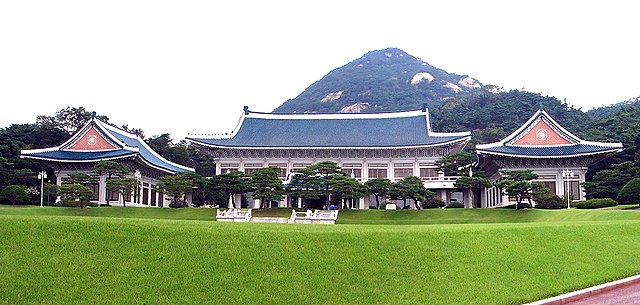The term Kaiserpfalz or Königspfalz refers to a number of palaces and castles across the Holy Roman Empire that served as temporary seats of power for the Holy Roman Emperor in the Early and High Middle Ages.
Imperial Palace of Goslar, built 1030−1055. One of the few original, albeit heavily restored, palaces remaining.
Model of the Royal Pfalz at Frankfurt with the Salvator church from the 9th century, in the background the main house, used from the 8th to 11th centuries.
Digital reconstruction of the aula regia of Ingelheim Imperial Palace (around 790)
Imperial Palace of Paderborn (from 1015), reconstructed
A palace is a grand residence, often serving as a royal residence or the home for a head of state or some other high-ranking dignitary, such as a bishop or archbishop. The word is derived from the Latin name palātium, for Palatine Hill in Rome which housed the Imperial residences.
The Winter Palace, an imperial palace in Saint Petersburg, Russia; which served as the official residence of the Russian emperors.
The Royal Site of San Lorenzo de El Escorial, in Spain, is a Renaissance complex that has functioned as a royal palace, monastery, basilica, pantheon, library, museum, university and hospital.
The Blue House, the official residence of the president of South Korea
Domus Augustana of Palatine Hill in Rome, the origin of the term "palace"








